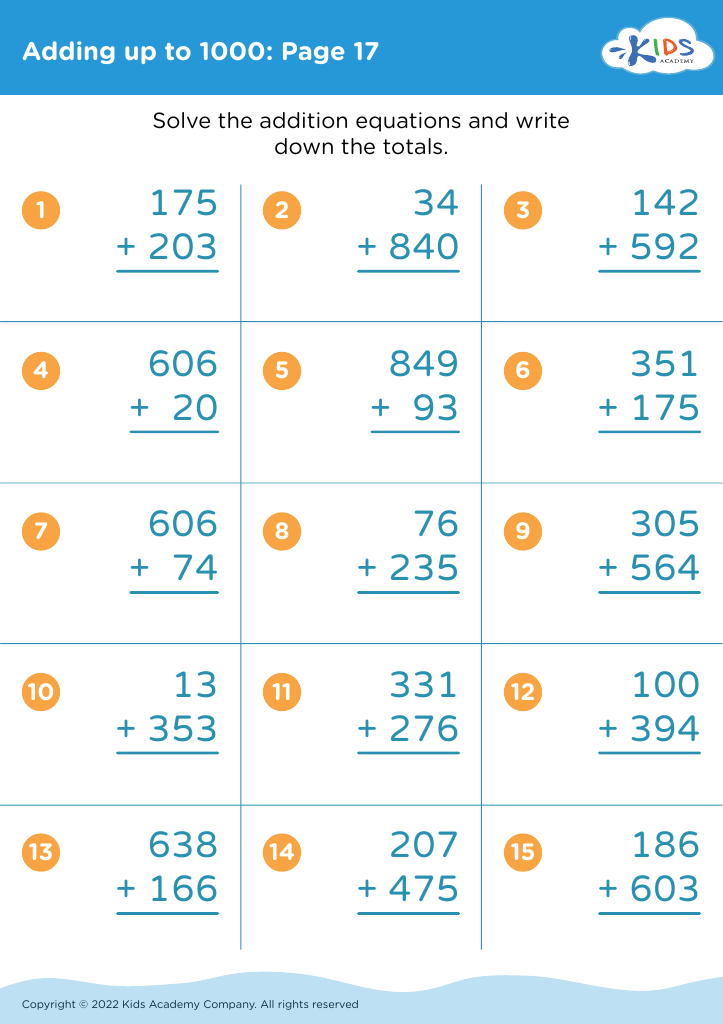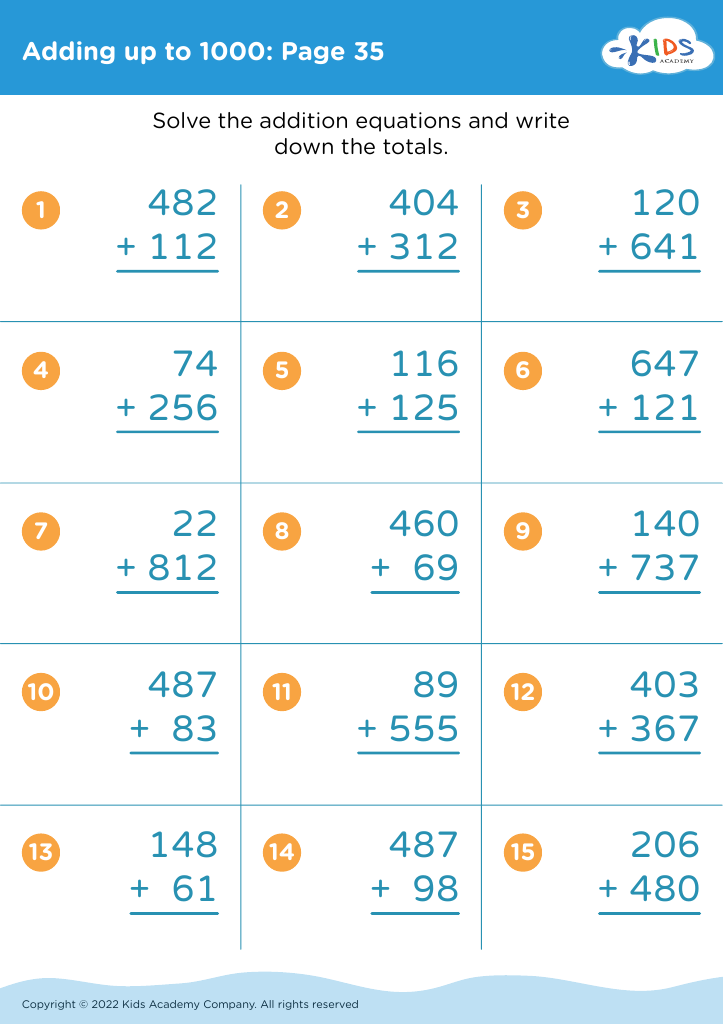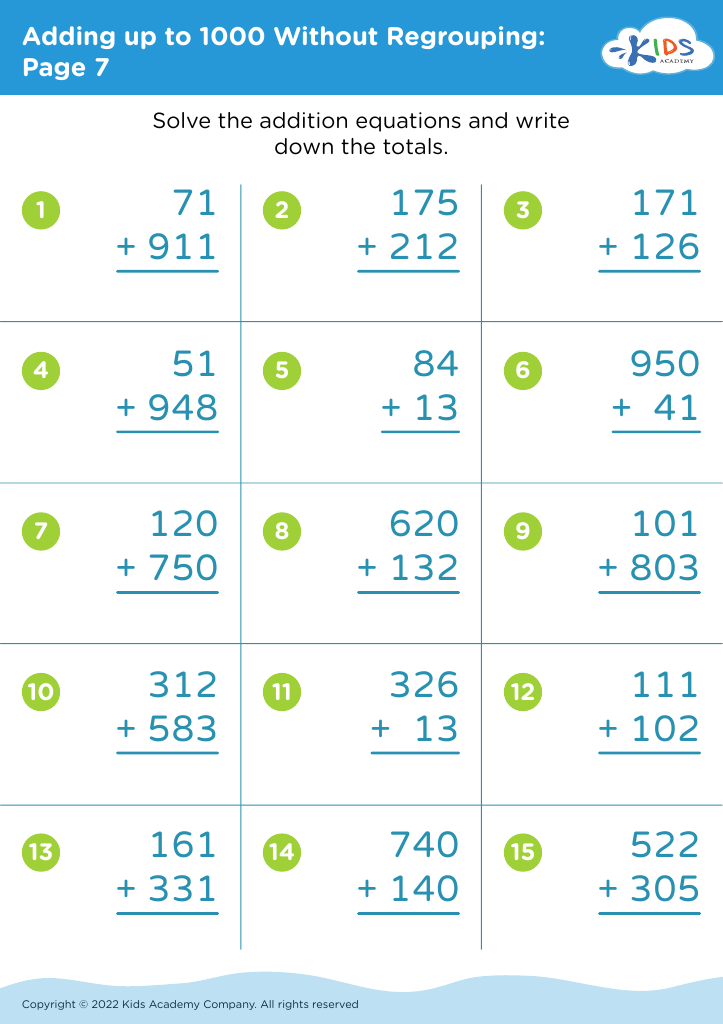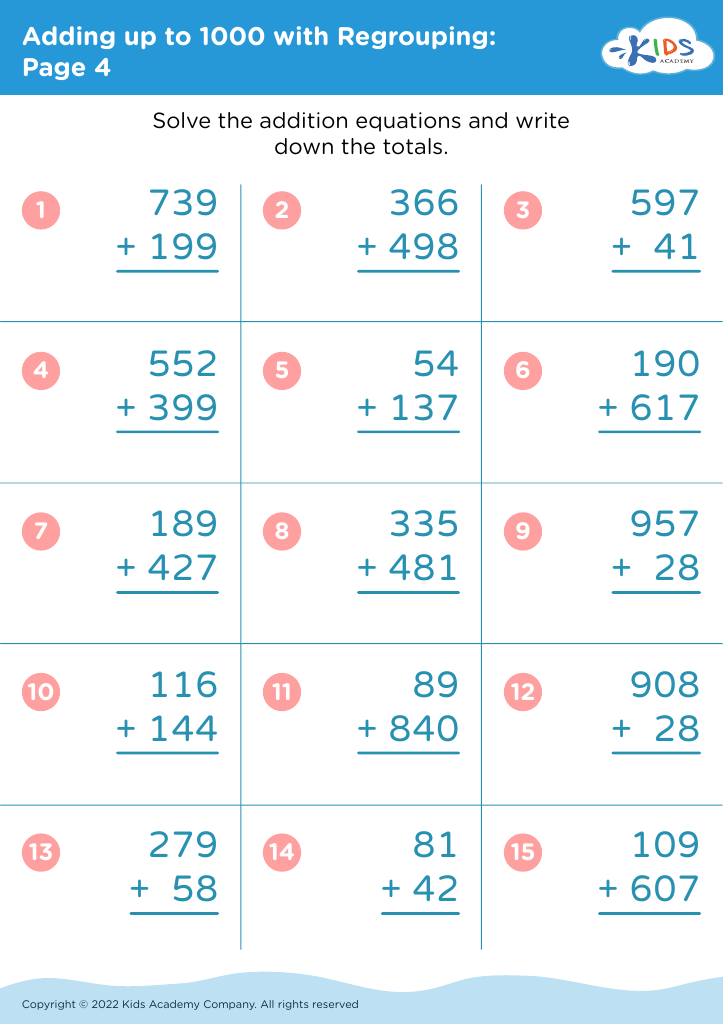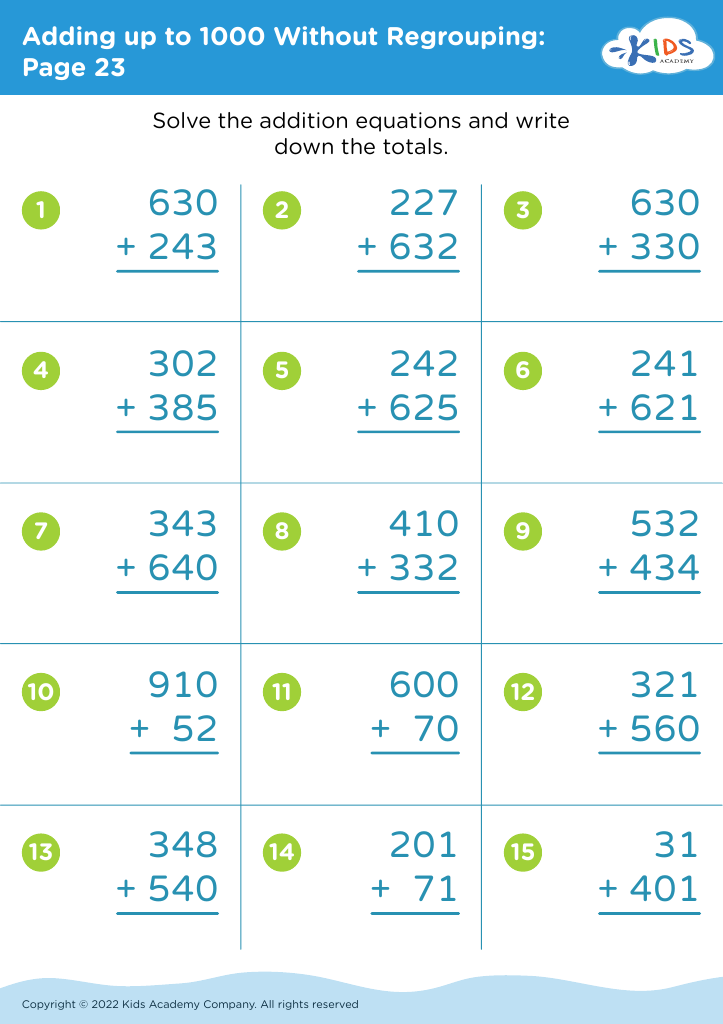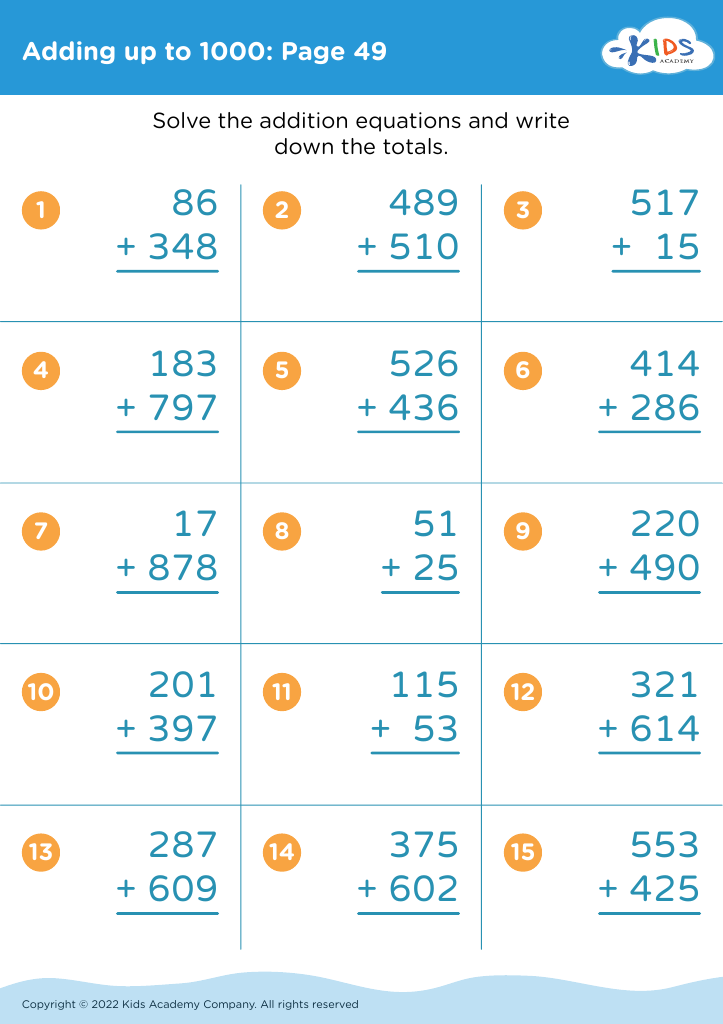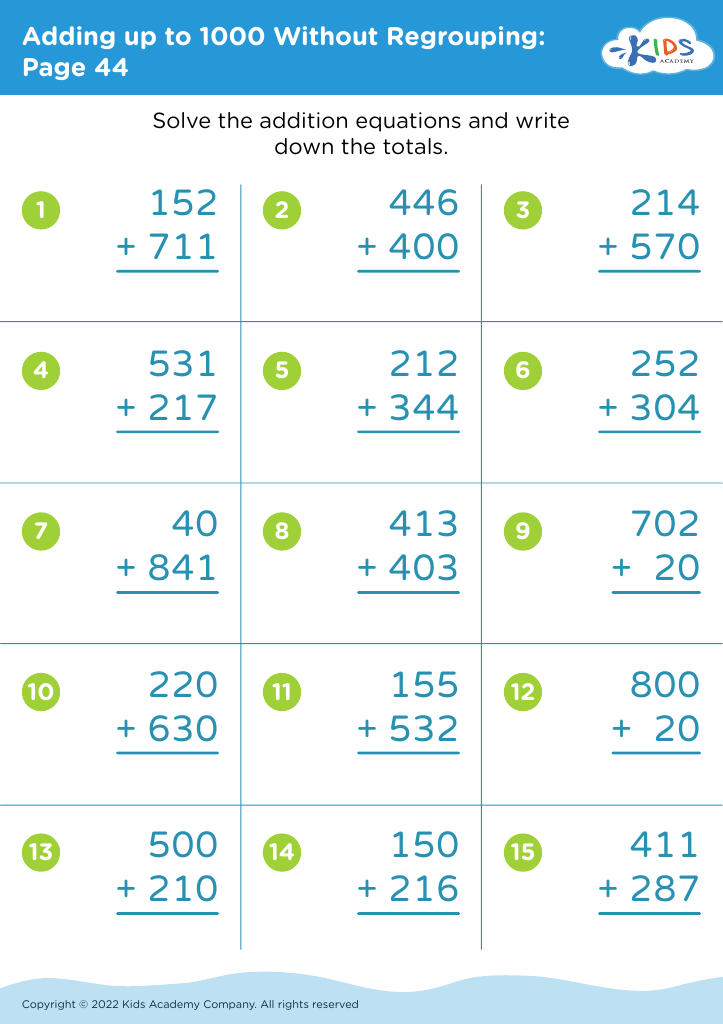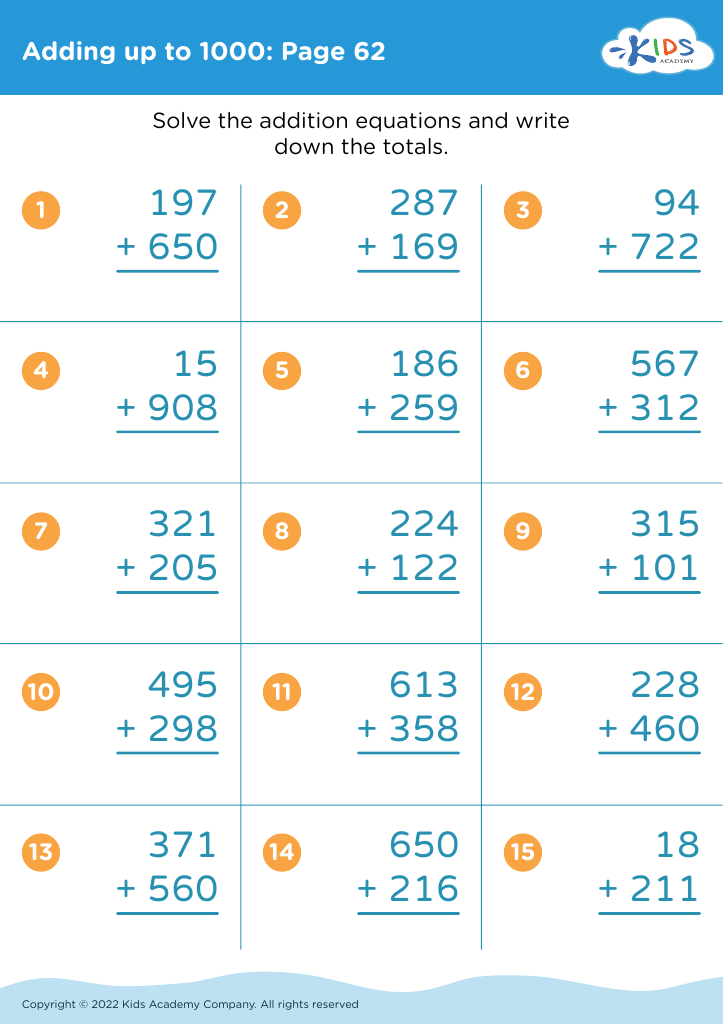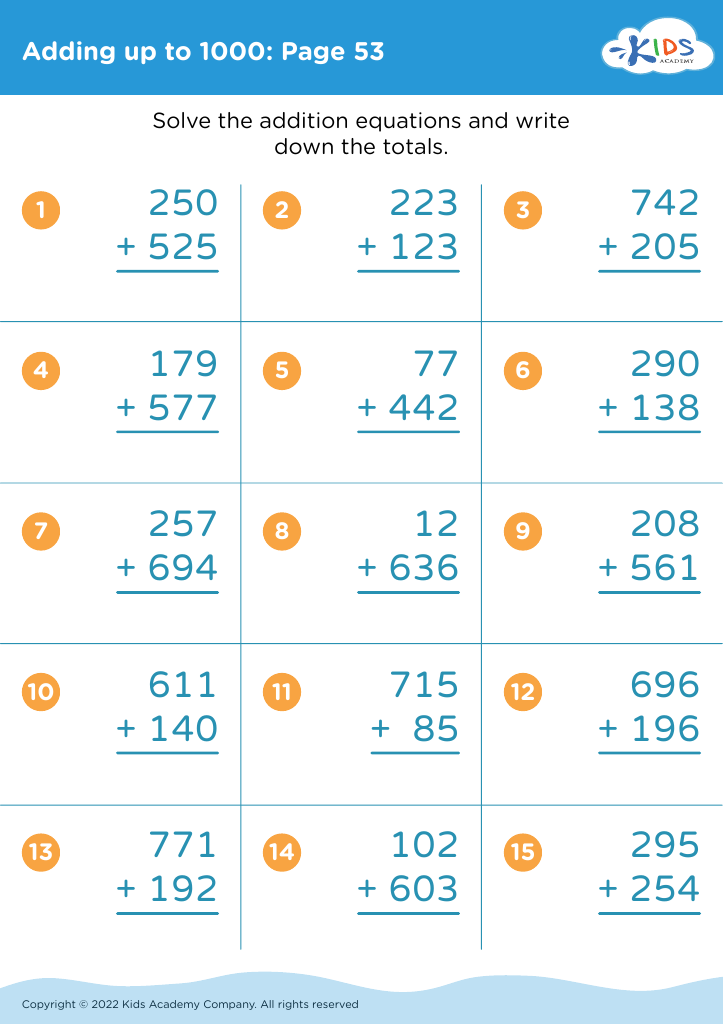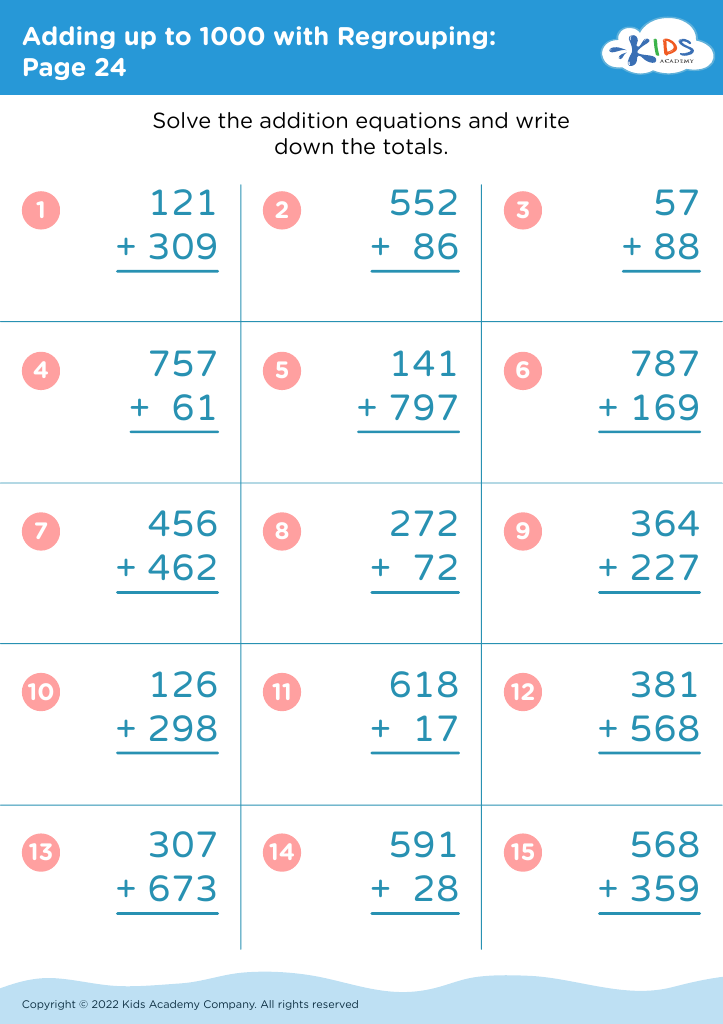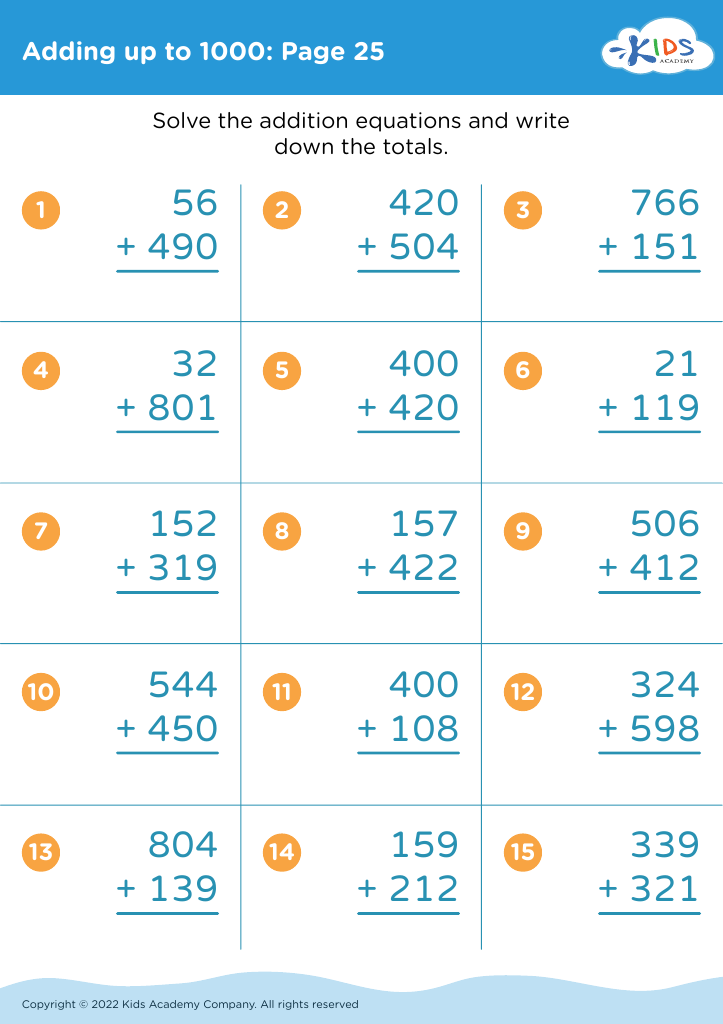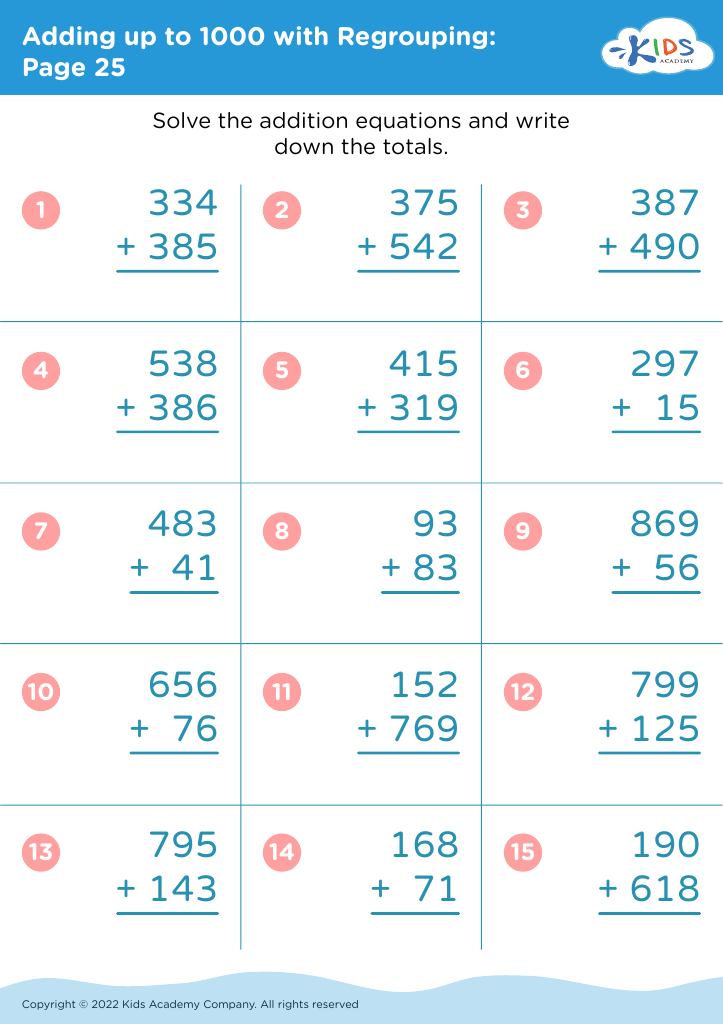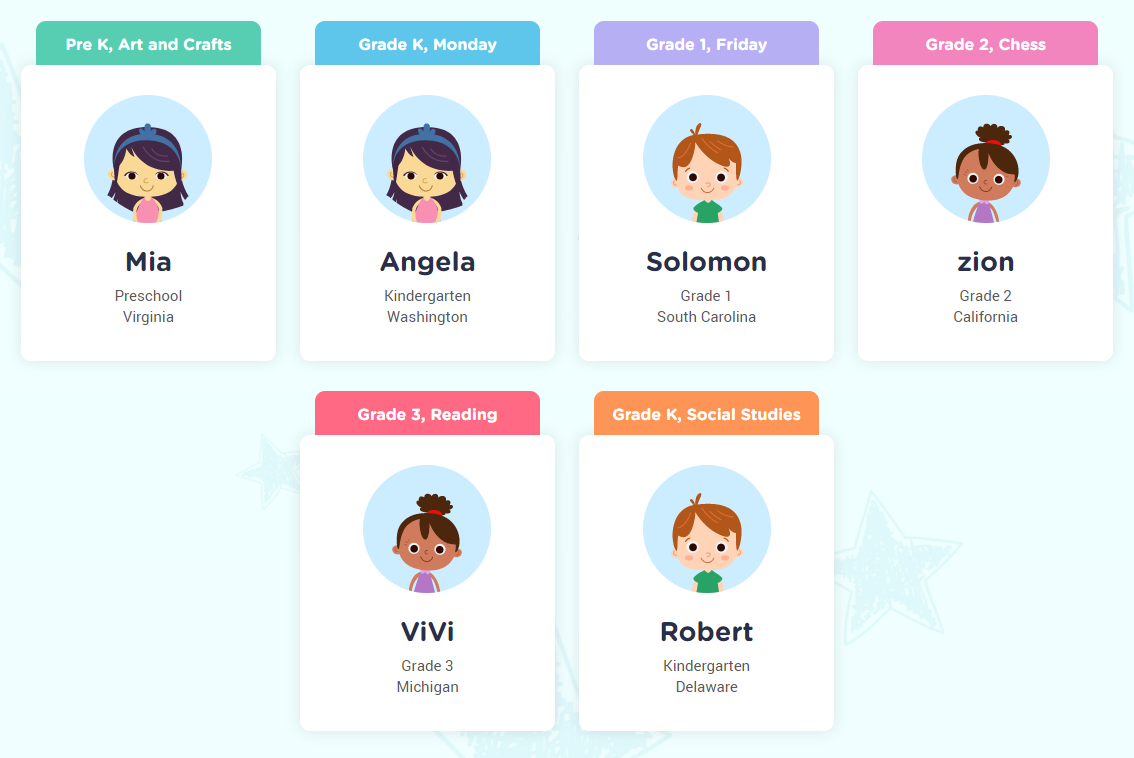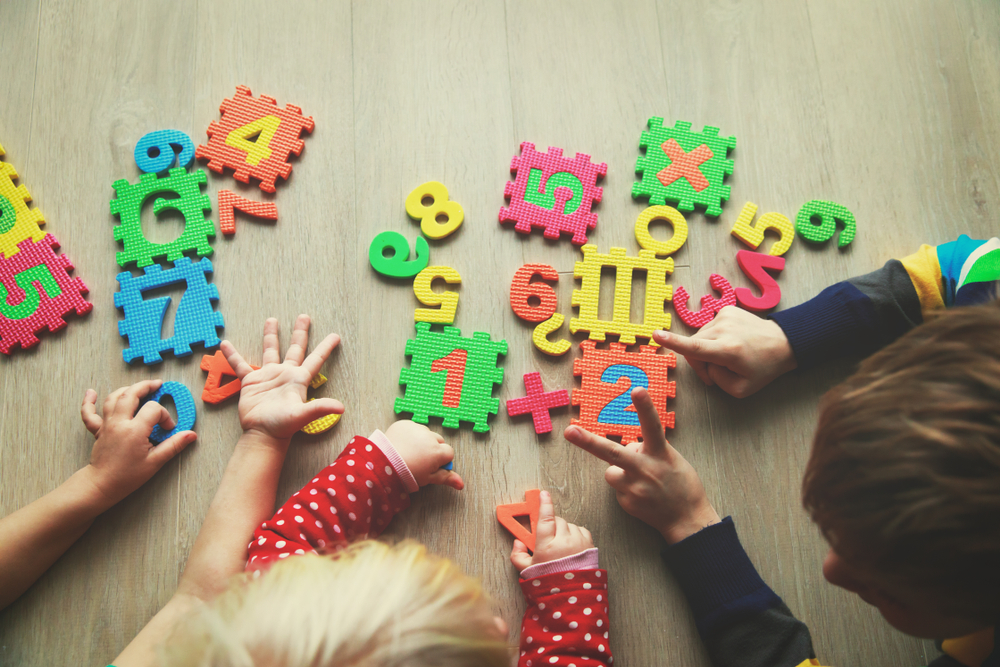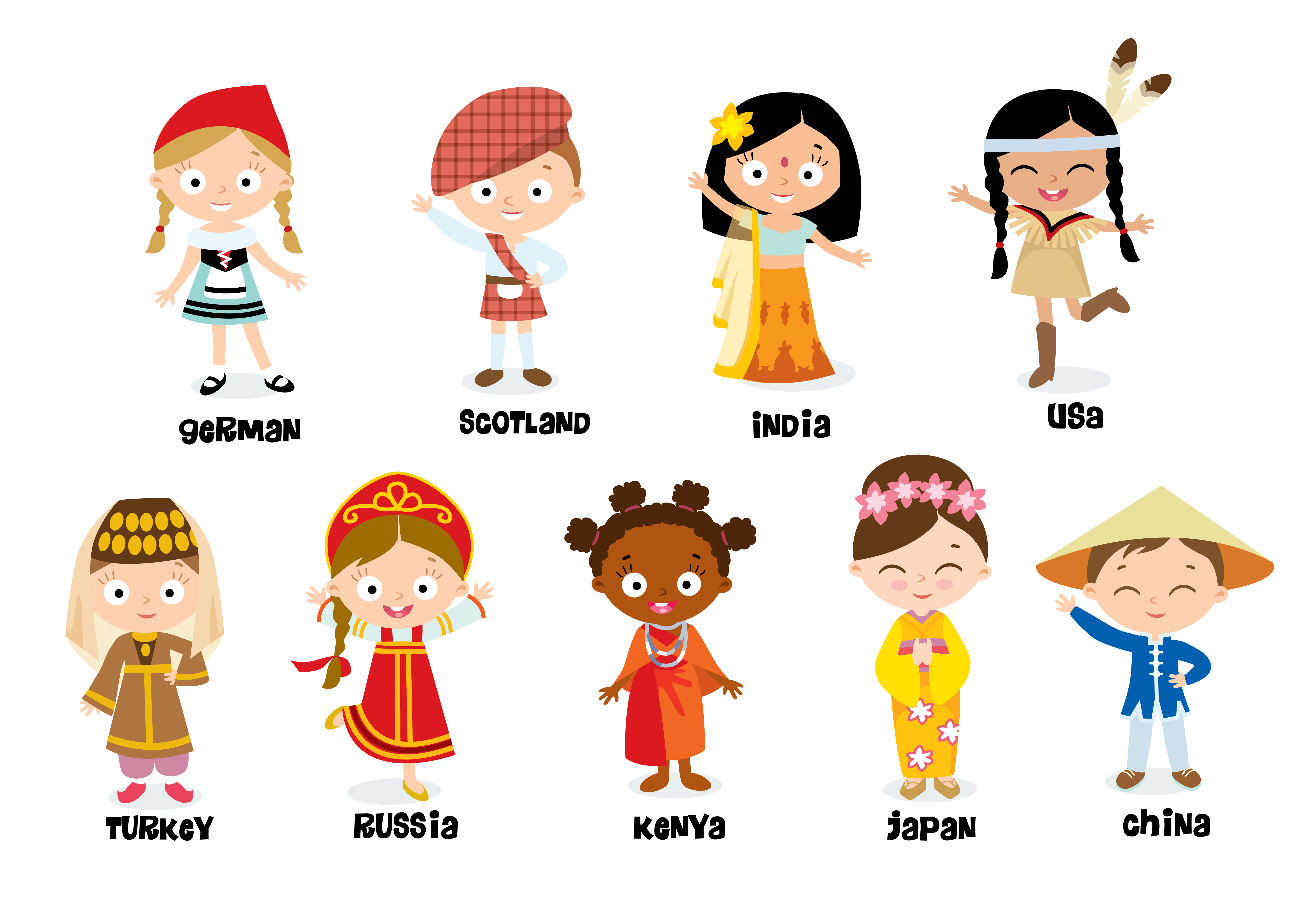Fraction comparison Math Worksheets for 9-Year-Olds
14 filtered results
-
From - To
Boost your 9-year-old's math skills with our engaging Fraction Comparison Math Worksheets! Specially designed for young learners, these worksheets make comparing fractions fun and educational. Each printable sheet features colorful visuals and varied activities, helping kids confidently identify, compare, and understand the differences between fractions. Our comprehensive exercises align with Grade 3 math standards, ensuring your child masters essential skills while enjoying the learning process. Perfect for classroom use or at-home practice, these worksheets are the ideal tool to support your child's mathematical growth. Download now and watch your student's fraction proficiency soar!
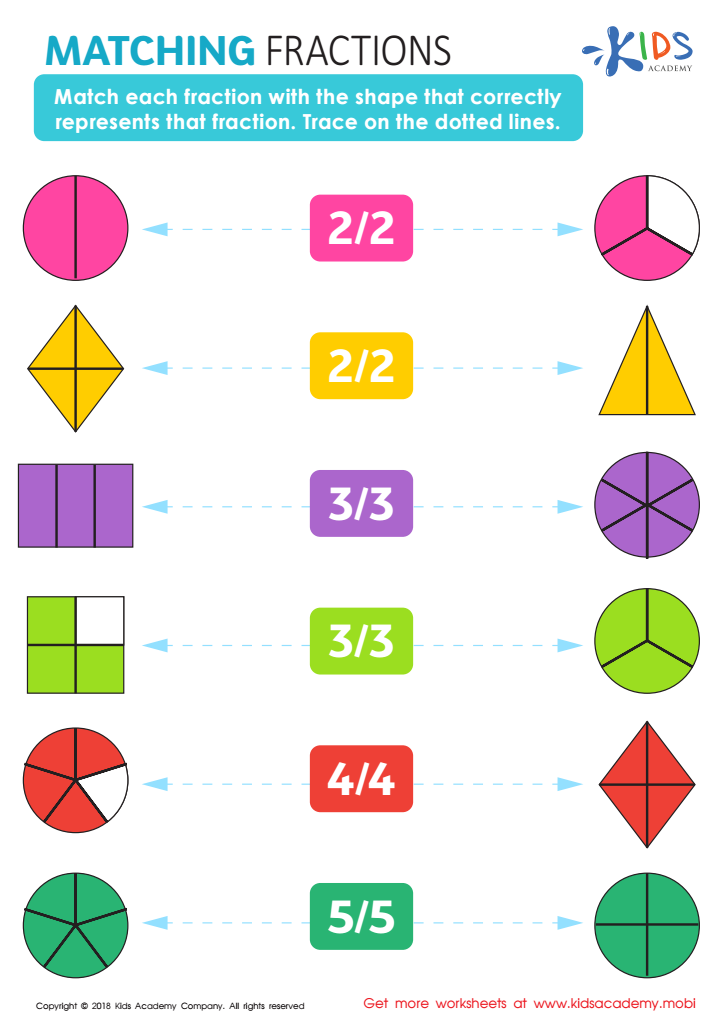

Matching Fractions Worksheet
Fraction comparison is a foundational math skill that’s essential for 9-year-olds, and parents and teachers should pay close attention to it. Understanding how to compare fractions helps children develop critical thinking and problem-solving skills. These abilities are not only crucial in math but are also applicable in everyday life situations, such as cooking, splitting an item equally among friends, or understanding proportions in recipes.
Multiplication and division fractions also foster a deeper understanding of numerical concepts, paving the way for more advanced math topics. As students grow up, they'll encounter fractions in algebra and geometry, and a solid grasp at an early age will make these future topics less intimidating. Additionally, being proficient in fractions enhances students' confidence in math, encouraging a more positive attitude toward the subject.
Relating to numeracy, comparing fractions also enhances logical reasoning. For example, understanding why 1/2 is larger than 1/3 cultivates an appreciation for the relationship between numerators and denominators, and their effect on the value of fractions. This skill links to understanding percentages, ratios, and rates, which are used in various fields such as science, engineering, and even financial literacy.
In sum, mastering fraction comparison sets the stage for academic success and real-world competence, making it an essential component of a child's education.

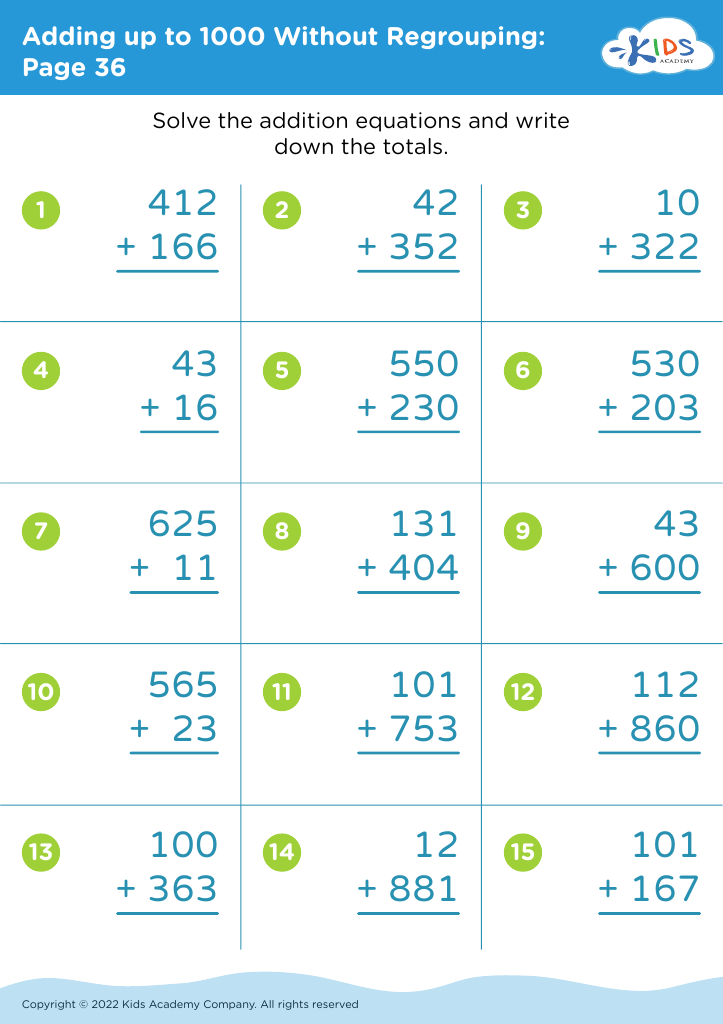

 Assign to My Students
Assign to My Students
